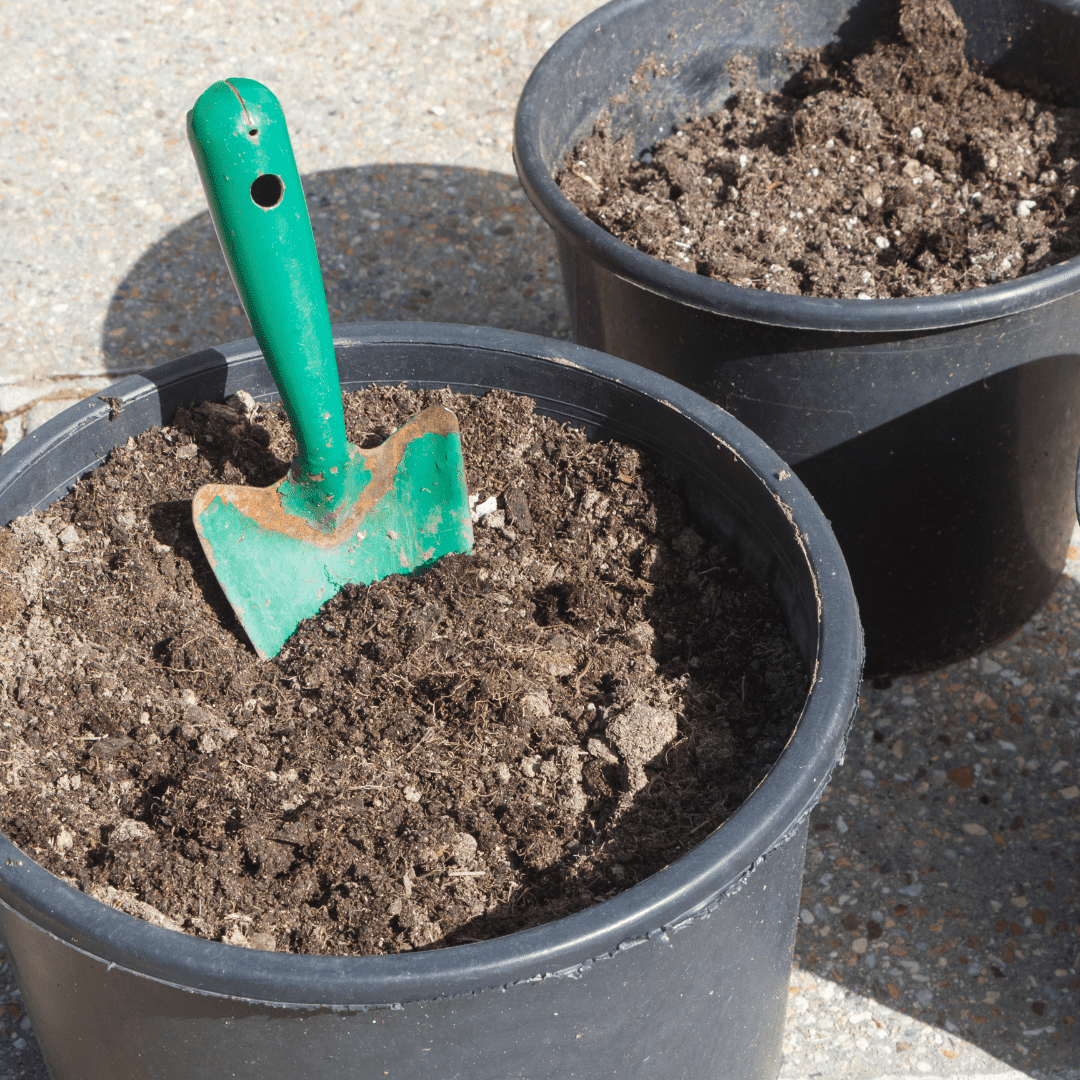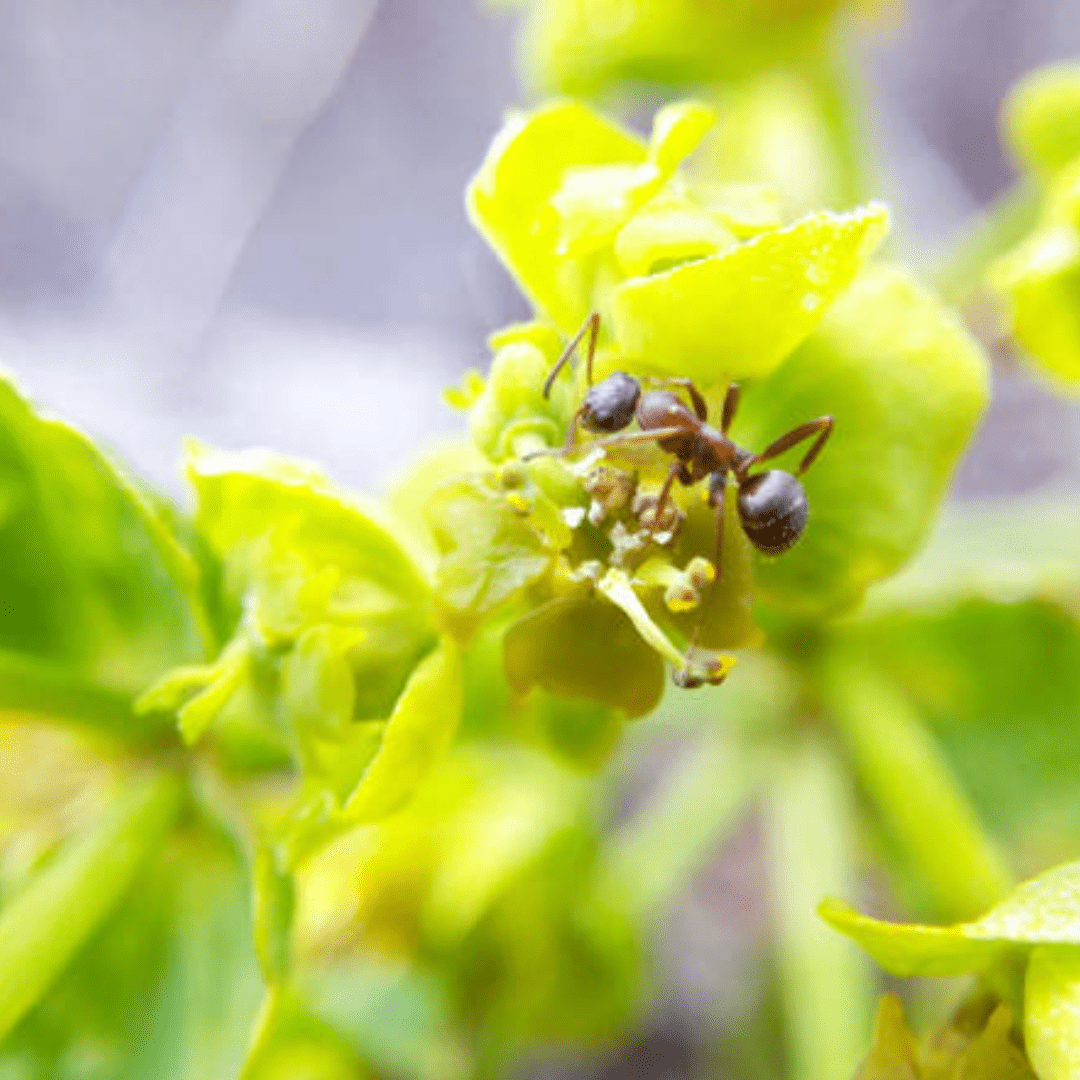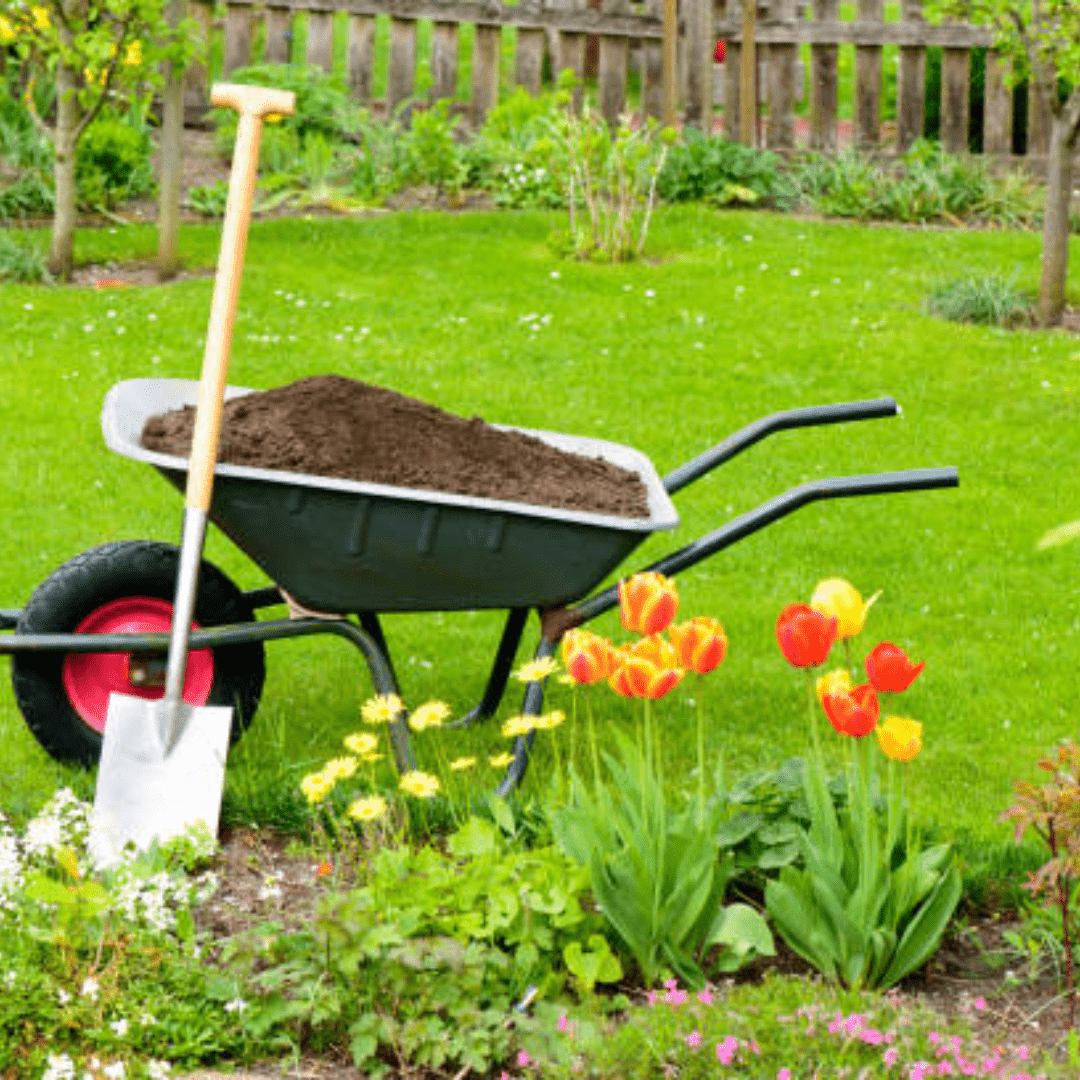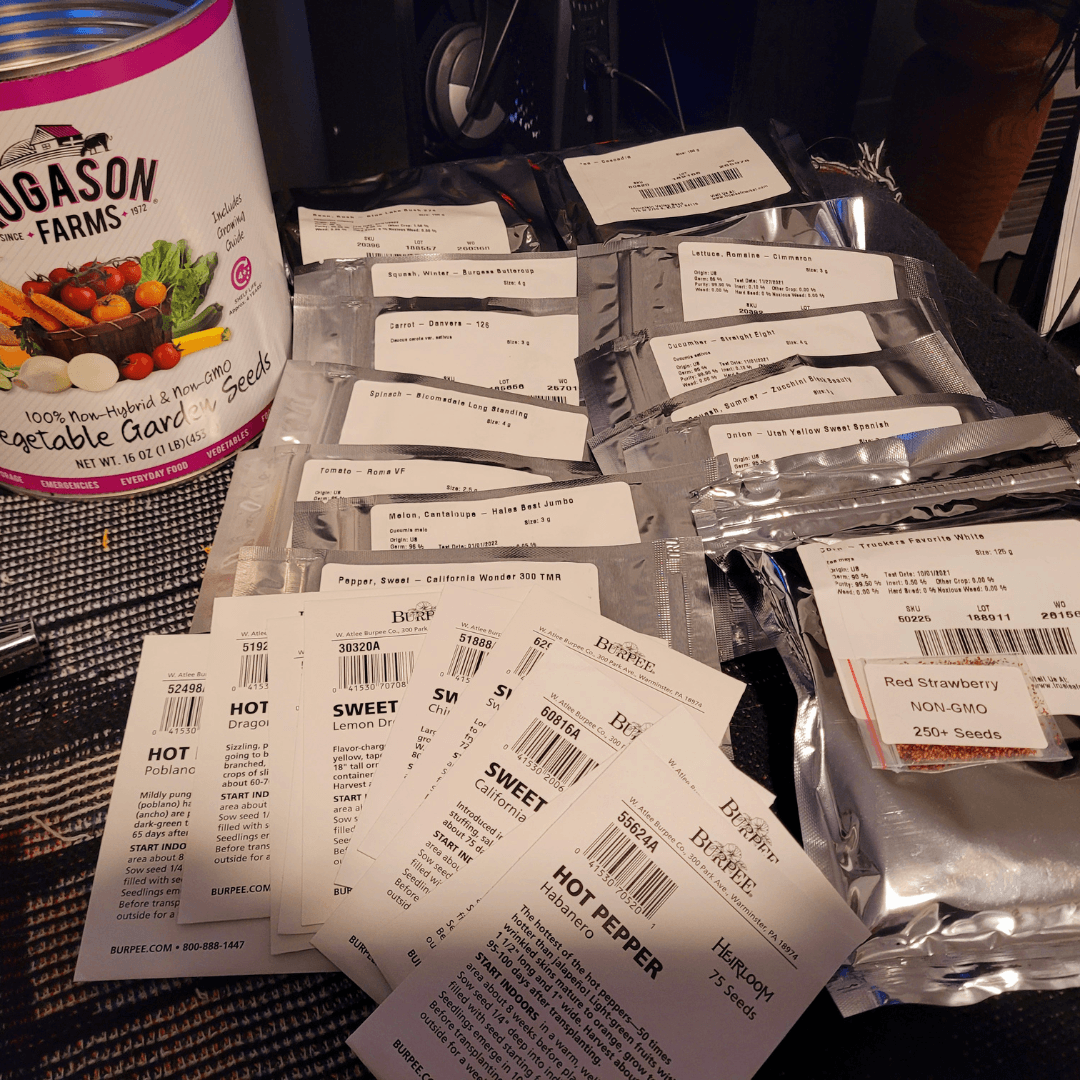Organic gardening soil.
- Understanding the Importance of Soil Fertility in Organic Gardening
- Choosing the Right Organic Amendments for Soil Enrichment
- Implementing Effective Composting Practices for Healthy Soil: Organic Gardening Soil
- Utilizing Cover Crops to Boost Soil Fertility Naturally
- Managing Soil pH Levels for Optimal Plant Growth
- Enhancing Soil Structure through Mulching and Aerating Techniques
- Conclusion
- Frequently Asked Questions:
- Summary
Welcome to the wonderful world of gardening, where we lay the groundwork for flourishing green spaces right from the soil up. As a passionate gardener, I firmly believe that the key to a thriving garden lies in nurturing our soil. In organic gardening, soil fertility takes center stage, empowering us to foster robust plant growth, abundant harvests, and an overall vibrant garden ecosystem. By embracing the importance of soil fertility and adopting organic techniques to enrich our soil, I take you along on a journey to cultivate a sustainable haven for flourishing plant life.
In this article, I’m excited to share with you some of the best practices and strategies for enhancing your garden’s fertility through organic soil management. Together, we’ll explore the art of selecting the perfect soil amendments, mastering the art of composting, harnessing the power of cover crops, fine-tuning soil pH levels, and optimizing soil structure to create the ideal environment for plant growth. Let’s dive in and unlock the secrets to a thriving, organic garden!
This is a pinnable post. Tap or hover over any image in this post to pin to your Pinterest Boards.

Understanding the Importance of Soil Fertility in Organic Gardening
The Role of Soil Fertility in Plant Nutrition
Let’s talk about the captivating realm of organic gardening soil fertility and its pivotal role in nourishing our plants. As an avid gardener, I’ve come to understand the profound significance of soil fertility in providing our green companions with the nutrients they crave.
Picture it like this: our soil acts as a nurturing parent, supplying our plants with a balanced diet packed with essential elements such as nitrogen, phosphorus, and potassium. It’s not just about feeding our plants; it’s about nourishing them with the goodness they need to thrive and flourish.
Benefits of Fertile Soil for Overall Garden Health: Organic Gardening Soil
Fertile soil not only nourishes your plants, but also supports a healthy ecosystem in your garden. It promotes strong root development, enhances disease resistance, and improves water retention, leading to vibrant and resilient plants that can withstand various environmental challenges.
Learning about the benefits that fertile soil brings to our garden’s overall health is essential for plant growth. As someone deeply passionate about gardening, I’ve witnessed firsthand how fertile soil acts as the cornerstone of a thriving garden ecosystem.
Picture it as the foundation upon which our green oasis stands, providing essential nutrients and support to every plant and organism within it. With fertile soil, our plants grow stronger, produce more abundant blooms, and bear healthier fruits and vegetables. It also fosters robust microbial activity, promoting soil structure and enhancing water retention.
Choosing the Right Organic Amendments for Soil Enrichment
Types of Organic Amendments for Soil Improvement
As a gardener, I’ve discovered the power of organic amendments in enriching the soil and nurturing healthy plant growth. These natural wonders come in various forms, from nutrient-rich compost to beneficial cover crops and everything in between.
Whether I’m enhancing soil structure with organic matter or boosting fertility with amendments like composted manure or fish emulsion, each type brings its unique benefits to my garden beds.
Factors to Consider When Selecting Organic Amendments: Organic Gardening Soil
I’ve learned that choosing the right amendments is crucial for nurturing healthy soil and vibrant plant growth. There are several factors to consider, such as the specific needs of our plants, the current state of our soil, and the environmental impact of each amendment. From nutrient content to decomposition rates, each factor plays a vital role in determining the best amendments for our garden.
By carefully considering these factors and selecting organic amendments that align with our gardening goals, we can create a thriving ecosystem where plants flourish and biodiversity thrives.
Implementing Effective Composting Practices for Healthy Soil: Organic Gardening Soil
Composting Basics and Benefits for Soil Fertility
I’ve found composting to be not only a rewarding practice, but also a cornerstone of sustainable gardening. Composting is like magic – it transforms kitchen scraps, yard waste, and other organic materials into nutrient-rich “black gold” for our soil.
The Benefits of Compost Are Endless
- Improved soil structure.
- Increased microbial activity.
- Enhanced water retention.
- Reduction in the need for chemical fertilizers.
- It’s environmentally friendly, reducing waste and minimizing our carbon footprint.
Steps to Create and Maintain a Successful Compost Pile
As a passionate advocate for sustainable gardening, I’ve discovered that composting is not only easy, but also incredibly rewarding.
- First, gather a mix of green and brown organic materials, such as kitchen scraps, yard waste, and dry leaves.
- Then, layer them in your compost bin or pile, ensuring proper aeration and moisture levels.
- Regularly turn the pile to accelerate decomposition and prevent odors.
- As the magic of composting unfolds, you’ll witness the transformation of these materials into nutrient-rich compost, ready to nourish your garden.
With dedication and a welcoming attitude, creating and maintaining a compost pile becomes a fulfilling part of your gardening routine.
Here are more detailed posts I have written to help you get started in composting for your garden!
- How to Start Composting for the Garden: A Step-by-Step Guide
- The Ultimate Guide to Composting in Your Suburban Backyard
- Compost or Fertilizer: Dirty Secrets of Which Is Better?
- Clever Ways to Incorporate Indoor Composting into Your Home
Utilizing Cover Crops to Boost Soil Fertility Naturally
The Role of Cover Crops in Soil Health and Fertility
I’ve seen firsthand the transformative power of cover crops in nourishing the earth. These green companions act as nature’s blanket, protecting our soil from erosion, suppressing weeds, and even fixing nitrogen. By planting cover crops like clover, vetch, or rye during fallow periods, we can replenish nutrients, improve soil structure, and foster beneficial microbial activity.
The beauty of cover crops lies in their ability to create a thriving ecosystem beneath the surface, laying the foundation for healthier, more resilient gardens. So, let’s welcome cover crops into our gardening repertoire and witness the magic they bring to our soil.
Cover Crops to Consider for Healthy and Fertile Organic Gardening Soil
- Clover: Fixes nitrogen in the soil, improves soil structure and attracts beneficial insects.
- Rye: Provides excellent ground cover, suppresses weeds, and adds organic matter when turned into the soil.
- Vetch: Fixes nitrogen, improves soil fertility, and helps in weed suppression.
- Buckwheat: Grows quickly, suppresses weeds, attracts pollinators, and adds organic matter to the soil.
- Winter peas: Fixes nitrogen, adds organic matter, and helps in weed suppression.
- Radishes: Breaks up compacted soil, improves drainage, and scavenges nutrients.
- Annual Ryegrass: Builds soil structure, suppresses weeds, and helps with erosion control.
- Mustard: Acts as a biofumigant, suppressing soil-borne diseases, and adds organic matter when incorporated into the soil.
- Oats: Provides quick ground cover, suppresses weeds, and adds organic matter when turned into the soil.
- Sorghum-Sudangrass: Deep roots break up compacted soil, add organic matter, and suppress weeds.
These cover crops can be rotated throughout the year to optimize soil health and fertility in your organic garden.
Best Cover Crops for Different Growing Seasons and Conditions
Over the years, I’ve explored the diverse range of cover crops that thrive under different circumstances.
Fall and Winter
During the cool seasons of fall and winter, options like crimson clover, winter rye, and hairy vetch shine, offering protection against erosion and adding valuable nutrients to the soil.
Spring
As spring approaches, quick-growing options such as buckwheat and oats take the stage, providing ground cover, suppressing weeds, and attracting beneficial insects.
Summer
In warmer climates or during dry spells, drought-tolerant options like sorghum-sudangrass and cowpeas thrive, helping to conserve moisture and improve soil structure.
Whatever your gardening conditions may be, there’s a cover crop waiting to enrich your soil and elevate your gardening experience.
Managing Soil pH Levels for Optimal Plant Growth
Understanding Soil pH and Its Impact on Plant Nutrient Availability
In my experience, I’ve learned that understanding soil pH is key to unlocking the full potential of our gardens. Soil pH refers to the acidity or alkalinity of the soil, affecting how plants absorb essential nutrients. With a pH scale ranging from acidic (below 7) to alkaline (above 7), different plants thrive in different pH ranges.
By testing our soil and adjusting pH levels accordingly, we can ensure that our plants have access to the nutrients they need for optimal growth. Whether it’s through amendments like lime to raise pH or elemental sulfur to lower it, maintaining the right soil pH creates a welcoming environment for our plants to flourish.
Learning how to balance the power of soil pH is essential to cultivate thriving gardens filled with vitality and abundance! Here are 4 DIY garden soil tests you can perform yourself using simple tools and ingredients you may already have on hand.
4 Easy DIY Garden Soil Tests to Do Now
Enhancing Soil Structure through Mulching and Aerating Techniques
The Importance of Soil Structure for Nutrient Absorption and Water Retention
Let’s talk about the vital role of soil structure in facilitating nutrient absorption and water retention for our beloved plants! Over the years, I’ve come to appreciate the profound impact that soil structure has on the health and vitality of our gardens. Soil structure refers to the arrangement of soil particles and the spaces between them, which directly influences how well our plants can access essential nutrients and moisture. With a healthy soil structure, roots can easily penetrate the soil, accessing nutrients and water more efficiently.
By incorporating organic matter like compost and cover crops, we can improve soil structure, creating a welcoming environment where plants thrive.
Effective Mulching and Aerating Strategies to Improve Soil Quality
Lastly, I want to talk about mulching and aerating strategies, which is essential techniques to enhance soil quality and nurture thriving gardens!
Mulching not only conserves moisture and suppresses weeds, but also adds organic matter as it breaks down, enriching the soil with valuable nutrients.
Aerating, on the other hand, improves soil structure by loosening compacted soil, allowing roots to breathe and nutrients to penetrate more easily.
Together, these strategies create an inviting environment for beneficial microorganisms, promoting soil health and supporting robust plant growth.
Dig into the magic of soil structure and cultivate gardens bursting with life and abundance in the practice of nurturing healthy soils and flourishing plants!
Conclusion
Let’s prioritize soil fertility through the magic of organic gardening practices! As passionate gardeners, we have the power to cultivate a lush and thriving ecosystem that not only sustains plant life, but also contributes to the well-being of our environment. With the knowledge and strategies shared in this article, we’re equipped to naturally enhance our garden’s fertility, paving the way for healthier plants, bumper harvests, and a garden that’s resilient through all seasons.
Let’s embrace these tips and techniques to lovingly nurture our soil, and witness the magic as our garden bursts forth with vitality and abundance, season after season. These are the wonderful reasons I love organic gardening – because every barefoot step brings us closer to a greener, more vibrant world!
Resources: Here are some helpful resources for further information.
- Living Soil Blog | Organic Soil Amendments – By Revival Gardening
- From Soil to Soul – By From Soil to Soul
- Organic Gardening for Beginners – By Whole Health Everyday

Frequently Asked Questions:
1. Why is soil fertility important in organic gardening?
Soil fertility is vital in organic gardening as it provides essential nutrients for plant growth, supports beneficial soil organisms, and enhances overall soil health, leading to robust and thriving plants.
2. How can I improve soil fertility without using synthetic fertilizers?
You can improve soil fertility naturally by incorporating organic amendments like compost, manure, and organic mulches, utilizing cover crops, maintaining proper soil pH levels, and enhancing soil structure through mulching and aerating techniques.
3. What are the benefits of composting for soil fertility?
Composting not only enriches the soil with nutrients, but also improves soil structure, enhances water retention, encourages beneficial microbial activity, and reduces the need for chemical fertilizers, promoting sustainable gardening practices.
4. How often should I test and adjust soil pH levels in my garden?
It is recommended to test soil pH levels annually, especially before planting season, and adjust as needed to ensure optimal nutrient availability for plants. Factors like rainfall, plant growth, and soil amendments can influence soil pH over time.
Summary
I hope I have inspired you to improve your garden soil with these tips and products.
If you were encouraged by this post, I invite you to check out my FREE Printables Page for fun free printables, planners, and charts.
ENTER MY FREE Printables Page HERE
Here are some more of my gardening inspiration posts to check out!
Hugelkultur: Does This Epic Pioneering Method Actually Work?
9 Ways to Celebrate Earthing Day in Your Garden!
Gardening Indoors: Secrets of Growing Your Food Inside!
How to DIY a Milk Jug Drip Irrigation System!
Why Cedar Mulch Is The Perfect Natural Weed Barrier
Onions: How to Grow Onions for Storage
Peas: How to Grow Garden Peas for a Bumper Crop
Carrots: How to Grow Carrots for a Bountiful Harvest
Prep Your Garden for Spring Planting with These Expert Tips!
How to Grow a Prepper Garden to Survive and Thrive
The Best Garden Tools You Need for a Productive Season
Fastest Growing Vegetables for Your Survival Garden
How to Grow Marigolds As Pest Control In Your Vegetable Garden
Must-Have Tools for a Successful Balcony Vegetable Garden
How to Effectively Combat Powdery Mildew in Your Garden
The Best Tips for Organic Gardening
How to Release Ladybugs In Your Garden for Organic Pest Control
The Best Garden Snail Control Strategies
The Best Spring Vegetables to Grow in Your Garden
Seed Starter Mix: How To Make Your Organic Seed Starter Mix At Home
How to Grow a Productive Canning Garden
How to Plant and Grow a Salsa Garden
Easiest Heirloom Vegetable Seeds to Grow Now
How to Use the Hand Twist Claw Tiller: Tackling Tough Soil
More Fun Gardening Posts to Check Out!
Planning Your Garden: How to Plan a Vegetable Garden: Expert Green Thumb Tips!
Winterizing the Garden: How to Winterize Your Vegetable Garden: Step-by-Step Checklist
Mulching the Garden: How to Make Leaf Litter Mulch
Grow a Pumpkin Patch: How to Grow a Pumpkin Patch in Your Backyard
How to Grow a Fall Garden: 9 Best Fall Crops
Clever Ways to Incorporate Indoor Composting into Your Home
How to Start Composting for the Garden: A Step-by-Step Guide
The Ultimate Guide to Composting in Your Suburban Backyard
Why I Built A Survival Garden in My Backyard
16 Best Medicinal Herbs to Grow in Your Garden Now
Blessings,
The Off Grid Barefoot Girl







